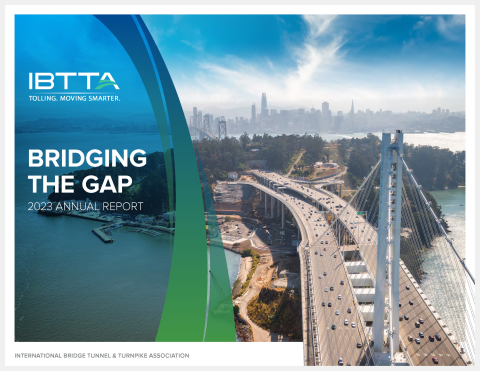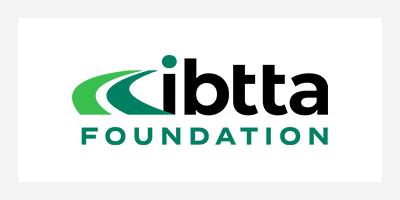- Home
- IBTTA Insights
- Moving More People Without More Lanes: A 21st Century Highway Plan
Stories
Moving More People Without More Lanes: A 21st Century Highway Plan


In a column last month, Washington Post columnist Robert Thomson, a.k.a. Dr. Gridlock, makes a great case for high-occupancy toll (HOT) lanes as a 21st-century plan for moving more people without building new highway capacity.
Thomson wrote the column in response to a reader’s question about congestion and capacity issues along Interstate 495, 95, and 66 in Virginia. His comments could have applied to any major metropolitan corridor where congestion is an issue, peak-hour demand is increasing, and transportation planners have run out of space to build new lanes.
The Highway Finance Story
The original question came from Cathy Lewis of Arlington, VA, who asked how the Commonwealth of Virginia could charge tolls along I-66 without adding new lanes. Thomson responded with a capsule history of highway financing in the United States—from the initial decision to set up the Highway Trust Fund, to the loss of purchasing power from a federal gas tax that hasn’t seen an increase since 1993.
“Many transportation experts say that easing the interstate tolling restrictions nationwide, would be a good way to help the states with their highway financing problems,” Thomson noted. But he quite rightly explained that HOV-HOT lane conversions are a separate issue.
Getting More for Less
The fundamental challenge of highway finance is that “we built a system bigger than what we wanted to pay for,” he wrote. “The debate over whether to convert HOV lanes to HOT lanes reflects the fact that we’re trying to figure out how to squeeze more performance out of that system.” And, while we may have built a system bigger than we want to pay for, the road system is inadequate for the number of vehicles using the system today.
That means Virginia “has not gone rogue” with its plan to create HOT lanes along I-66 by summer 2017.
“The U.S. Department of Transportation strongly endorses the use of HOT lanes as an effective strategy to address congestion,” the Federal Highway Administration stated in November 2012. “The toll should be varied in accordance with travel conditions and should be set at a high enough level that the performance of the HOV lane is not degraded.”
Thomson portrayed that policy as an antidote to the notion that if you’re not adding lanes, you’re not adding capacity.
That old-fangled attitude “is a transportation plan for the mid-20th century,” he wrote. “In fact, if VDOT does what it pledges to do by using HOT lanes revenue to build up carpooling and a commuter bus system, it will add people-moving capacity on I-66 and make the experience more tolerable for everyone.”
Keeping Business on the Move
This is a fundamentally important issue for consumer corridors from Virginia to California, from Atlanta to Austin. And it goes beyond the (often frustratingly urgent) needs of daily commuters. Last year, IBTTA President Javier Rodriguez talked about how business should respond to a toll increase on the Miami-Dade Expressway, where he serves as executive director:
We can choose not to fix the interchanges, widen the facilities, or provide for future bus rapid transit. The result would be that the business owner would probably go out of business because the trucks would be stuck on the highway or stuck on the arterials. That’s not a solution. So as this community grows and as this economy grows, the infrastructure has to keep pace with it.
Through this lens, anyone who depends on a highway for their day-to-day mobility, or for the day-to-day products they take for granted, should be glad to see HOT lanes emerging as an option for congested urban areas. With so much at stake, it’s a good thing Dr. Gridlock is on the case and helping educate the public.
IBTTA’s Moving America Forward campaign is making the case for tolling as an important tool in the highway funding toolbox. Click here for the latest.

Joining IBTTA connects you to a global community of transportation professionals, offering unmatched opportunities for networking, knowledge-sharing, and collaborative innovation in the tolling and transportation sector.
Follow IBTTA on social media for real-time updates on transportation trends and collaborative opportunities.





